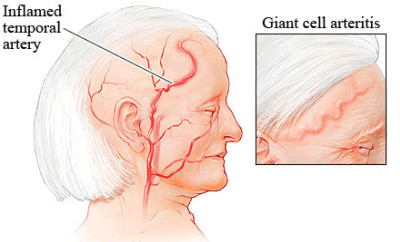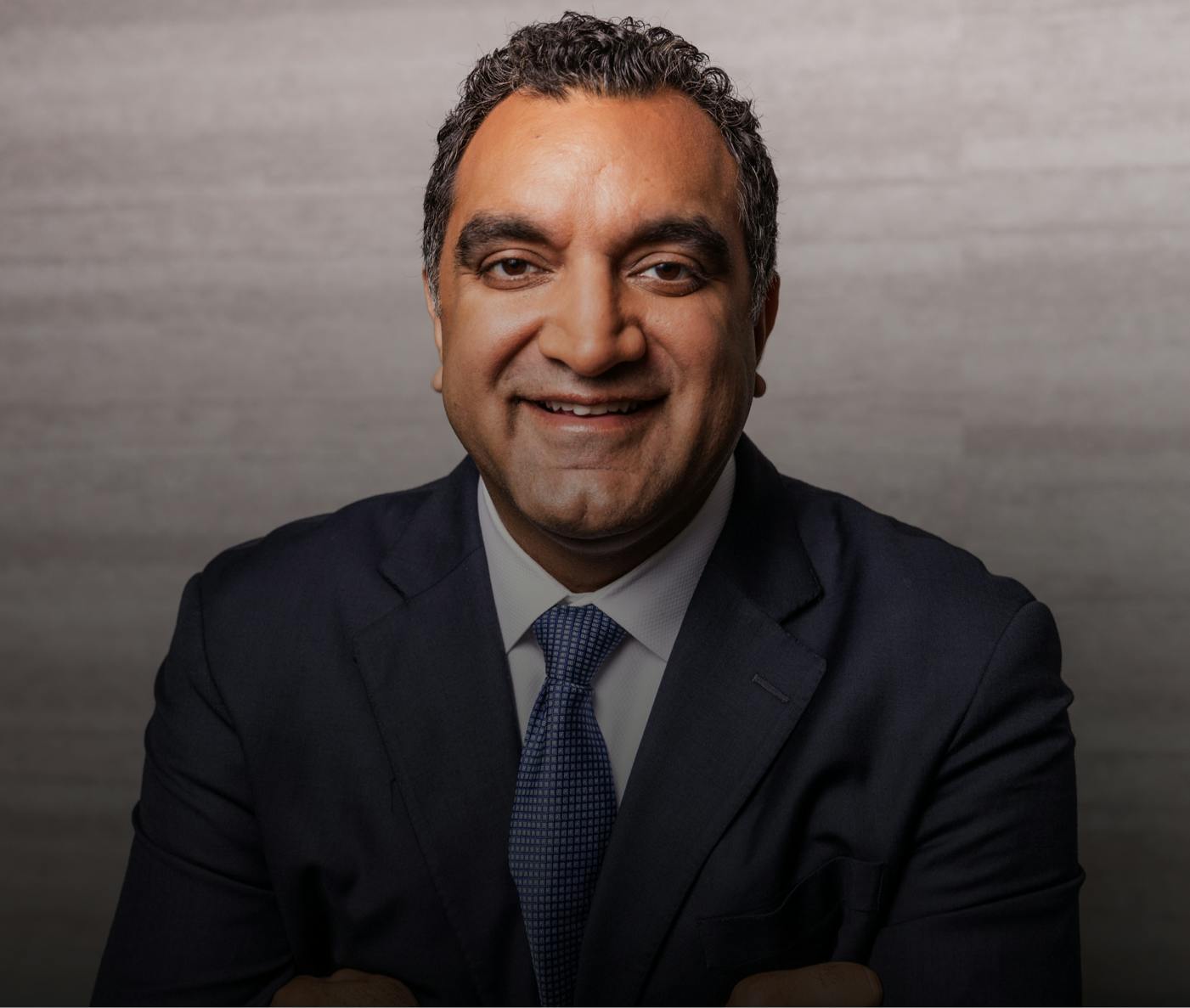Dr. Sean Paul is the founder of Austin Face & Body. As a widely published surgeon who has traveled all over the world to speak, Dr. Paul is renowned and highly regarded in his industry. He specializes in cosmetic and reconstructive eyelid and facial plastic surgery in Austin, and is board certified by the American Board of Ophthalmology.
Who does temporal arteritis affect?
The American College of Rheumatology reports that approximately 229,000 people in the United States are affected by temporal arteritis, and people over the age of 50 are more likely than younger people to develop it. Women are also more likely than men to have temporal arteritis. Although the exact cause is unknown, it may be linked to the body’s autoimmune response. Excessive doses of antibiotics and certain severe infections have also been linked to temporal arteritis.
Temporal arteritis treatment
There’s no known prevention, but once diagnosed, temporal arteritis can be treated to minimize complications. Untreated temporal arteritis can lead to other very serious conditions, including aneurysms, strokes, and even death. If you have temporal arteritis, Dr. Paul will immediately begin treatment for you. This is usually a daily oral medication: high doses of steroids, such as prednisone, to reduce inflammation in the arteries. Dr. Paul will also closely monitor your progress and adjust the medication accordingly.






